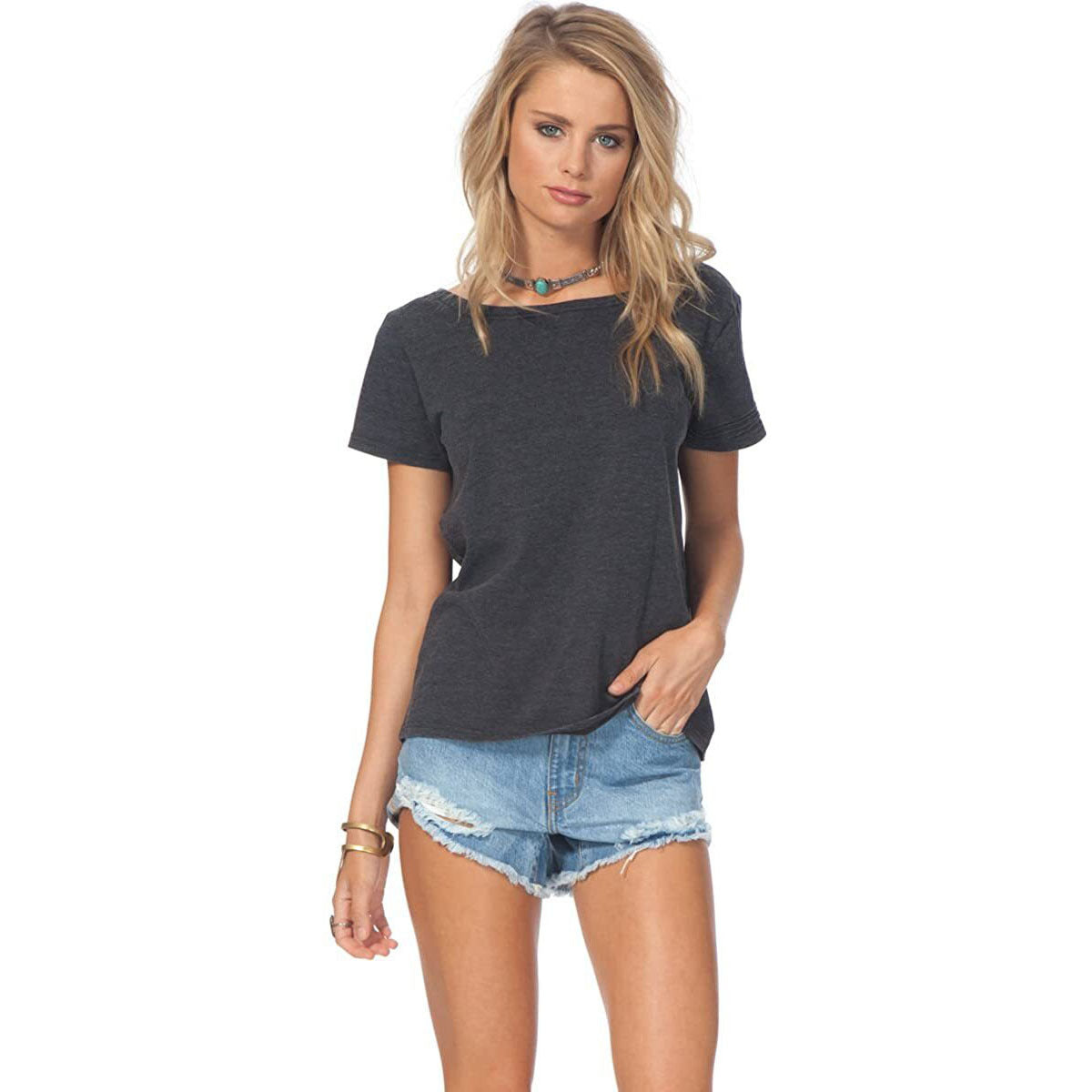The Ultimate Surfing Company
Rip Curl is a major Australian designer, manufacturer, and retailer of surfing sportswear (also known as boardwear) and accompanying products, and a major athletic sponsor. Rip Curl has become one of the largest board wear brands in Australia, Europe and South America, and is also active in North America and South Africa. Globally, Rip Curl is considered a member of the "Big Three", of the surf industry alongside Quiksilver and Billabong.
Rip Curl is a private company and, as of December 2013, Michael Daly is the chief executive officer (CEO) of Rip Curl Group.
The company was founded in 1969 by Doug Warbrick and Brian Singer in Torquay, Victoria, Australia, and initially produced surfboards. In 1970, they decided to begin production of wetsuits, with an emphasis on transforming diving technology into a wetsuit suitable for surfing. Alan Green (co-founder of Quiksliver) was a Rip Curl employee in 1969 and developed the first Quiksilver boardshorts at the Rip Curl Factory in April 1970.
In The Beginning
In Australia, surfing is at a curious stage of its development. The “short board revolution” of 1967 has created a frenzy of experimentation in surfboard design and surfing technique.
In the cool climate of Victoria, sanity prevails in design and technique, if not in the temperaments of the surfers. The cold, always a great leveller, has created a hardy breed of surfer who has no time for the hoopla and hype of the glitter beach capitals of the world. And by 1969 these like-minded souls have begun to gravitate towards the equally no-frills seaside town of Torquay, just a couple of kilometres away from Bells Beach, home of some of the most challenging waves in Australia.
And it is into this environment that Doug “Claw” Warbrick and Brian “Sing Ding” Singer decide to pitch their fledgling surf company, Rip Curl. And yes, it will be called Rip Curl.
Rip Curl Surfboards did well in a highly competitive market which had opened up in response to the revolution in design. Pioneers like Gordon Woods and Barry Bennett in Sydney and George Rice in Victoria had been joined by hundreds of wide-eyed hopefuls operating, like Rip Curl, out of garages and tool sheds.
In many cases enthusiasm and innovation overshadowed technical expertise and quality, but Rip Curl concentrated on producing a small number of functional surfcraft for local waves.
In 1970, however, Warbrick and Singer made the decision which changes forever the nature of their fledgling company. Looking at the essential needs of their fellow surfers in cold-water Victoria, they see that one – a board to ride – is being serviced by too many companies, while the other – a wetsuit to keep out the cold – is being serviced by only two, one of whom makes wetsuits for divers and has only a marginal commercial interest in surfing.
Rip Curl took over an old house in Torquay and the partners made a small investment in a pre-World War II sewing machine. They put together a crew of locals and went into production, cutting out the rubber on the floor and handing the pieces to an over-worked and underpaid machinist.
By today’s standards, the prototype Rip Curl wetsuits were primitive, but they differed from others on the market in that they evolved through interaction with surfers.











